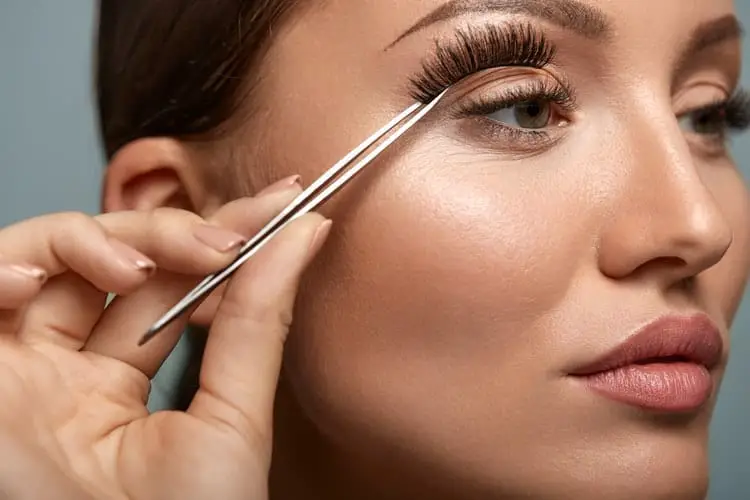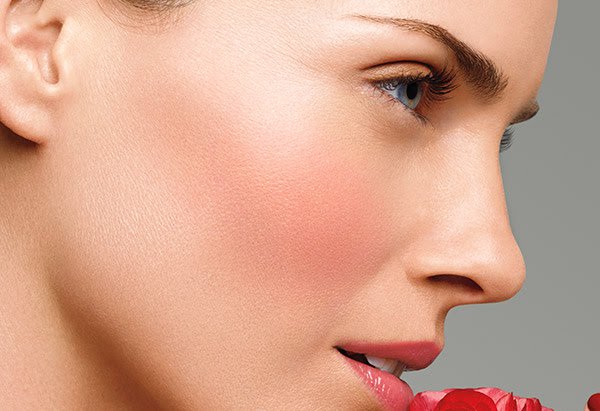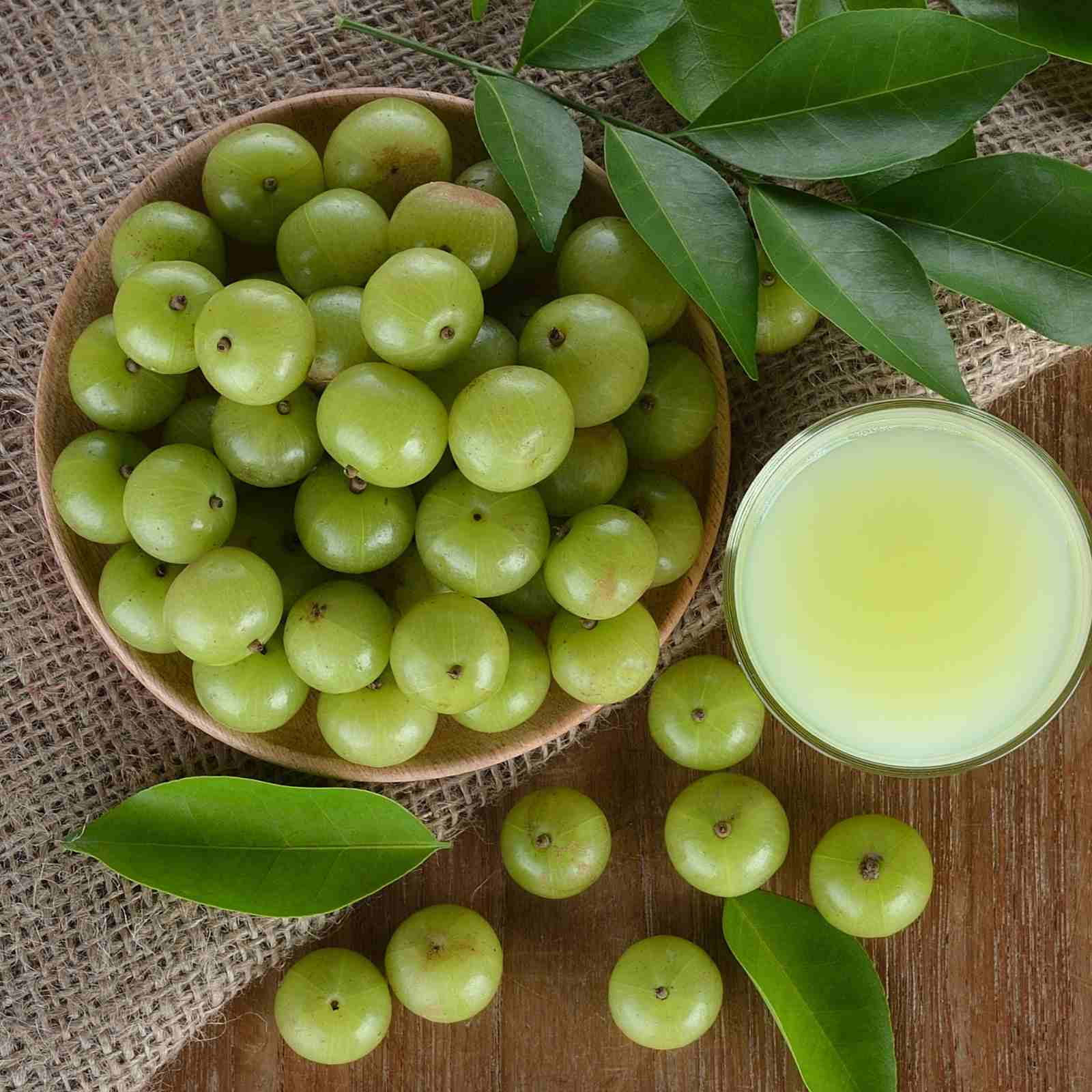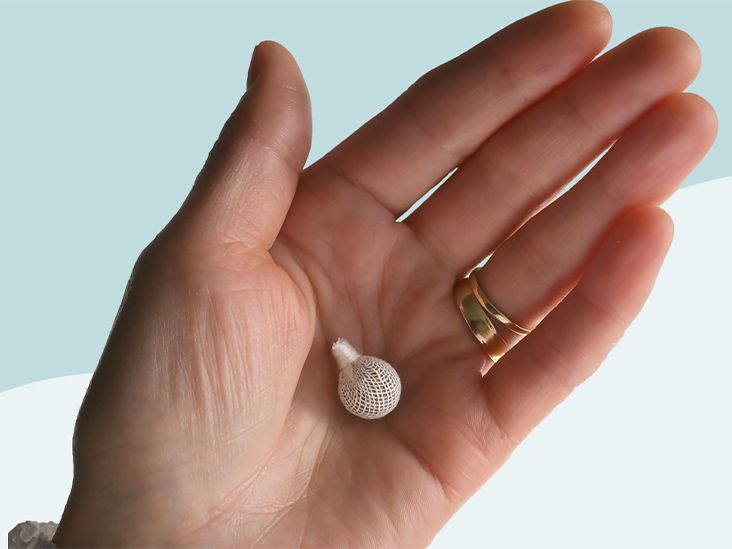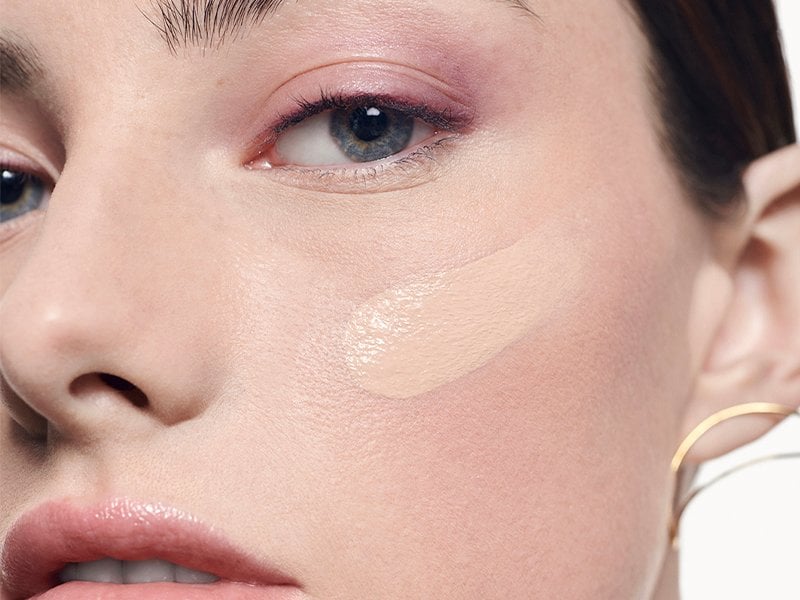Yoga mats are to support your body while doing yoga poses. Yoga mats help to prevent and decrease injuries that are likely to be caused by slippery surfaces. Yoga mats are used by the people who are practicing yoga to help them create a barrier between themselves and the floor. The mat you select must reflect your experience and should be strong enough to keep you stable while practicing yoga.
Good yoga mats are made up of natural, eco-friendly material and get easily fit into any bag. You can also buy the Best bag for gym and work which also has enough space to carry your yoga mat. With a best gym bag, you can carry the yoga mat effectively as it has separate compartments. By investing little time while choosing the perfect yoga mat, consider the below factors to look out for yoga mats:
Table of Contents
Consider Your Needs
While purchasing a yoga mat it is important to think about your needs especially the type of yoga exercises you perform. Here are some factors you must look upon:
Body Type
Your yoga mat should according to your body type. People who have slimmer bodies should choose thicker mats of up to ¼ of an inch. If you are not sure about what to purchase then, you must opt for a standard mat which is perfect for most of the people.
Type Of Yoga
The type of yoga exercises you do should also be considered while purchasing a mat. If you just want to experiment then you can get away with a cheap mat, until you are ready to go for an expensive one. Flow yoga exercises require a mat with more traction as it involves more complex movements, whereas some classes call for soft yoga mats.
Place Of Doing Yoga
The location of where you do yoga also affects the type of mat you carry. People who practice yoga at home don’t need to worry about mat weight but who have to take mats outside should consider its portability before purchasing.

Thickness
Yoga mats come in three main thickness level mats and their differences are quite significant. If your mat is too thin then you may suffer from knee and joint problems over time. On the other side, mats that are too thick making it very difficult to practice yoga.
Select The Right Material
The material of your yoga mat determines how much pressure it yields and also about texture, sponginess. Below is the common yoga material that is used in making mats:
- PVC: Most commonly used yoga mats that are inexpensive and are made up of PVC. It is durable and comfortable but it is non-biodegradable which can be harmful to the environment.
- Foam: These types of mats are eco-friendly versions of PVC yoga mats and offer the same level of performance without being harmful to the environment.
- Rubber: These are solid mates and are just like foam mats but are not as spongy as PVC mats. The traction of these mats is usually very good as compared to other mats.
- Cotton: They are thin and eco-friendly mats that are combined with other yoga mats for extra support. They can easily absorb sweat and increase grip even when wet.
- Jute: These bags have the same resilience and sustainability as cotton and are combined with other mats to increase traction and support.
Easy To Maintain
You should choose a yoga mat that is durable and is easy to clean. You have to carry a clean yoga mat every day and to maintain it properly you first have to choose the right material. Many mats get easily washed in the bathtub, so you must prefer a mat that is easy to maintain and clean.
Price
Price is also a very important factor you should consider when you buy your yoga mat. Usually, the PVC mat is the cheapest, but you must also look for other factors along with the price so that the mats last long. Look out for some good brands that provide guarantee quality products. Packing your bag for a yoga class is just like packing for the gym. If you consider doing gym with yoga before or after office, then you can also buy the Best gym bag with shoes compartment that will separate out the shoes from towels, water bottles and a mat.






